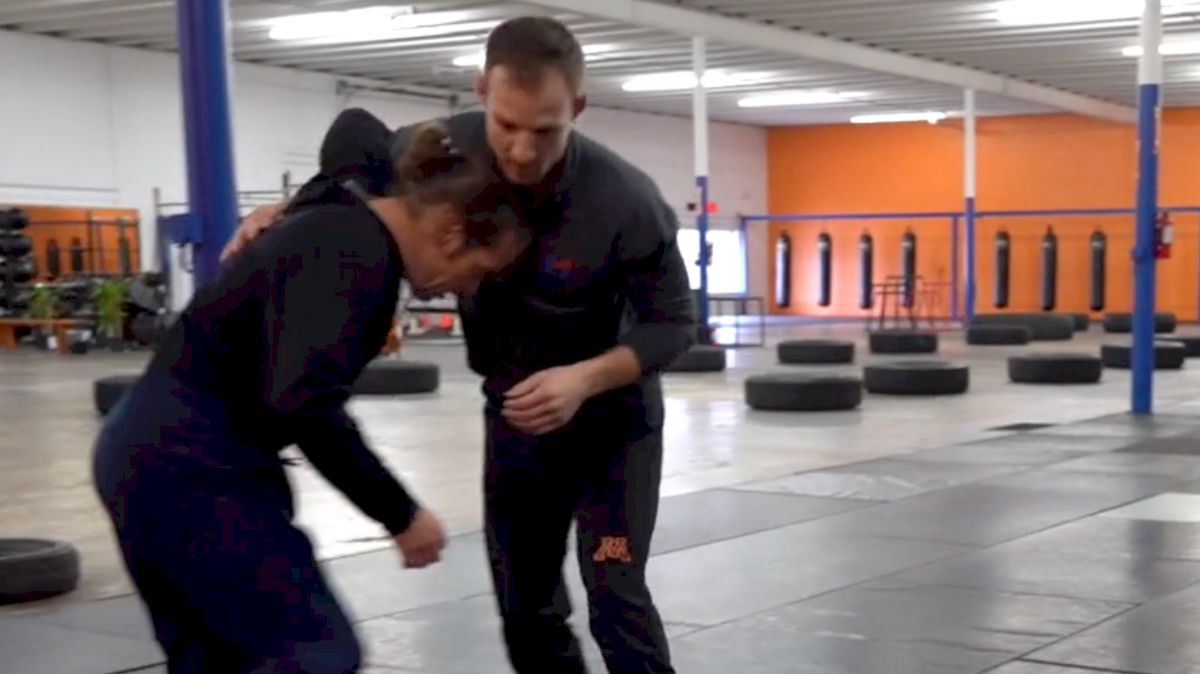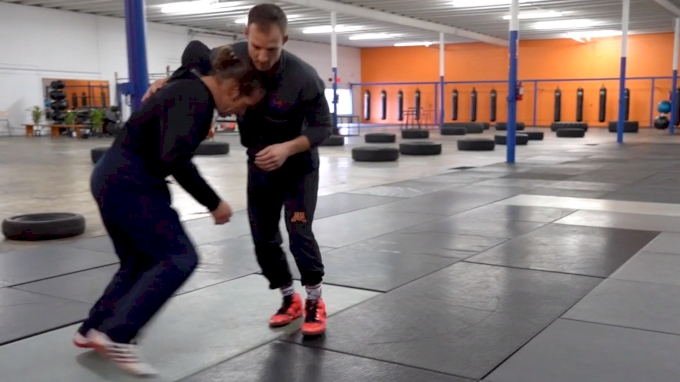Why Underhooks?
Why Underhooks?
Underhooks are a great way to control the pace of a wrestling match. Mike Mal gives you a starting point to learn the best underhook techniques in the world

Unlock this article, live events, and more with a subscription!
Already a subscriber? Log In
Training Plan
One thing that I’ve found becoming more and more true when training athletes is that understanding the "why" in a situation is essential to the athlete's growth and progress. Simply telling an athlete to do something doesn’t have the same impact as helping them understand why they are doing it. With that in mind, this article is meant to give you as a coach or an athlete a jumping-off point into a solid training regimen for learning underhooks.
If you’re an athlete reading this then you may have an easier time executing the technique involved with the position if you have a fundamental understanding of the goal.
As a coach, if you can adhere to a simple framework of what you are trying to accomplish with an underhook then you may be able to convey the technique easier and more efficiently.
Offensive Underhooks
If you are trying to score underhook one of the things that guys at the highest level of our sport are having success with is pulling people out of their stance. Visualize the perfect freestyle/folkstyle wrestling stance; basically, visualize the guy that sits on top of every youth trophy you’ve ever won. That guy, let’s call him Tommy The Trophy, has his elbows tight to his body, his knees are underneath his chest, his knees are bent, and his head is up.
All you have to do is break that stance.
Visualize someone digging in on an underhook and what that would do to Tommy’s position. If you throw a, let's say, right-handed underhook and really try and stand him up what do you think this position would look like? His elbow will probably be further away from his body then he would like. His legs are no longer bent at a 90-degree angle. There's nothing underneath his head and chest to prevent him from getting snapped down to the mat. If he’s really uncomfortable with this exchange (as most Americans are), his head will be down and buried in your chest.

What you do from this position is up to you. In other words, it's going to depend on a myriad of different factors like your skillset, your body type, your overall athleticism, and even the particular scenarios surrounding match that you are in.
Check out Dustin Schlatter's full tech video below.
Defensive Underhooks
Underhooks might be one of the best ways of preventing someone else from scoring as well. However, this underhook looks a lot different than your offensive underhook. Let's go back to ol’ Tommy The Trophy, except this time I want you to think of yourself in his place — instead of breaking the other person’s position, we’re more concerned with staying in a perfect position ourselves. On a defensive hook, my head stays buried neck/temple. I want to force a little bit of an angle so it makes it difficult for him to take an effective leg attack. I want my free hand to be able to defend by down-blocking at any point, and I want to be able to threaten with a level change just keep him honest.

You can watch Jon Reader hit am underhook to a snap down here
We are going to go in-depth into this position over the next few days, but allow this article to act as a scaffolding for your training. Remember the "why" involved is more powerful than the "how." So when you're just starting out training underhooks, try your best to not get caught up in the specific techniques; instead, focus more about either taking your opponent out of position or staying in perfect position yourself.
